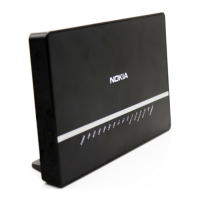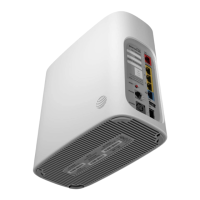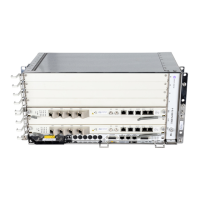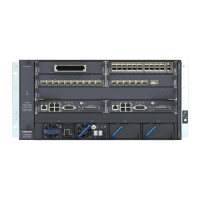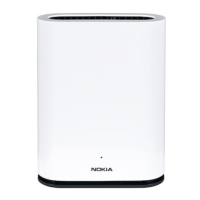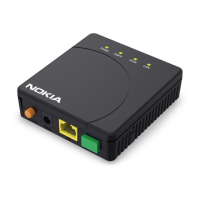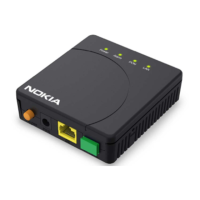FD 100/320Gbps NT and FX NT IHub Services Guide Virtual Private LAN Service
Issue: 13 3HH-11985-AAAA-TQZZA 175
5.4.4 FIB Size
The following MAC table management features are required for each instance of an
SAP or a spoke SDP within a particular VPLS service instance:
• MAC FIB size limits — Allows users to specify the maximum number of MAC FIB
entries that are learned locally for an SAP or a spoke SDP. If the configured limit
is reached, then no new addresses will be learned from the SAP until at least one
FIB entry is aged out or cleared.
• When the limit is reached on an SAP, packets with unknown source MAC
addresses are still forwarded (this default behavior can be changed via
configuration). By default, if the destination MAC address is known, it is forwarded
based on the FIB, and if the destination MAC address is unknown, it will be
flooded. Alternatively, if discard unknown is enabled at the VPLS service level,
any packets from unknown source MAC addresses are discarded at the SAP.
• Disable learning allows users to disable the dynamic learning function on an SAP
or a spoke SDP of a v-VPLS/VPLS service instance.
5.4.5 VPLS Broadcast/Multicast/Unknown Flooding List
For a v-VPLS frames with the broadcast Ethernet address (all 48 bits = “1”) are
broadcasted to a set of SAPs of the v-VPLS, except for the SAP it was received from.
The user-to-user communication restriction rules are taken into account to determine
the set of SAPs to which forwarding is allowed.
For a VPLS frames with the broadcast Ethernet address (all 48 bits = “1”) are
broadcasted to a set of SAPs, spoke SDPb, mesh SDP of the VPLS, except for the
SAP or SDP it was received from. The user-to-user communication restriction rules
are taken into account to determine the set of SAPs, SDPs to which forwarding is
allowed. For SDPs labeled as mesh, packets never get forwarded to another mesh
SDP.
5.4.6 VPLS IGMP Snooping (s,g) Flooding List
When IGMP snooping is enabled on a VPLS context, a Layer 2 IP multicast record
(s,g) is created for each multicast stream entering the VPLS context. Each stream
should only be sent to each SAP where either a multicast router exists or a host
exists that has requested to receive the stream (known as a receiver).
5.4.7 VPLS and Spanning Tree Protocol
Nokia’s VPLS service emulates a bridged or switched Ethernet Layer 2 network. The
ISAM uses m-VPLS SAPs configured on ports or a LAG to forwards Ethernet packets
into the m-VPLS service. The ISAM participating in the service learns where the
customer MAC addresses reside, on ingress SAPs. SAPs must be explicitly
configured on the m-VPLS.

